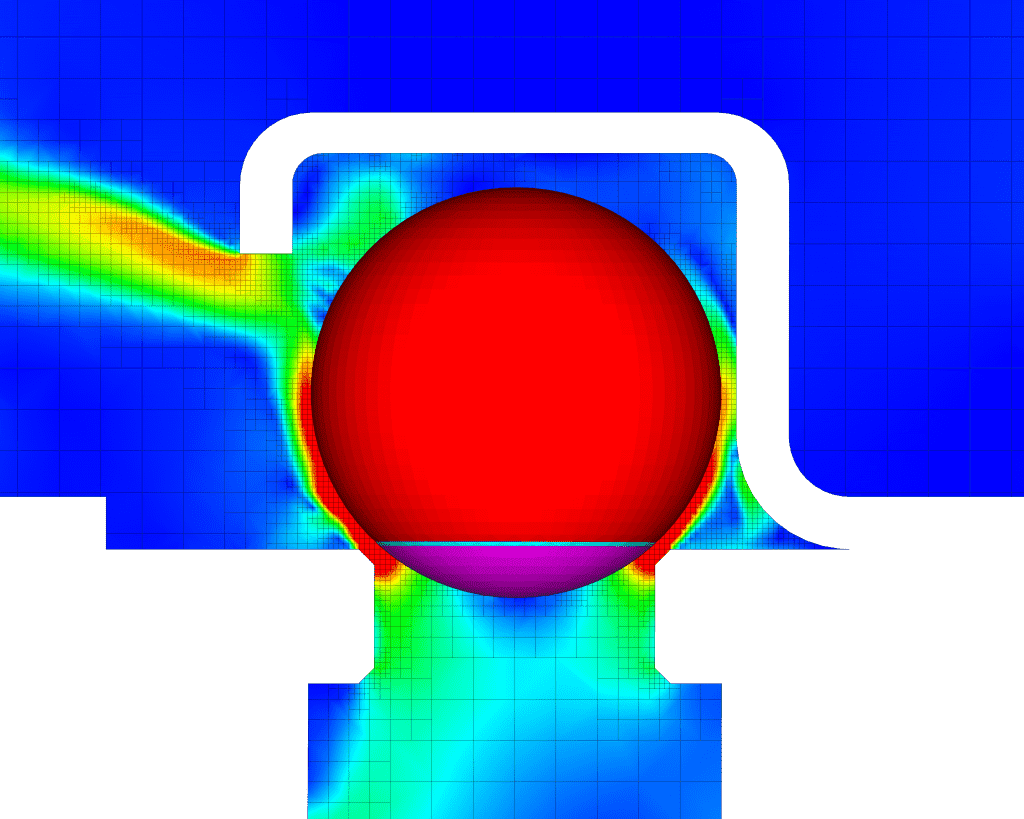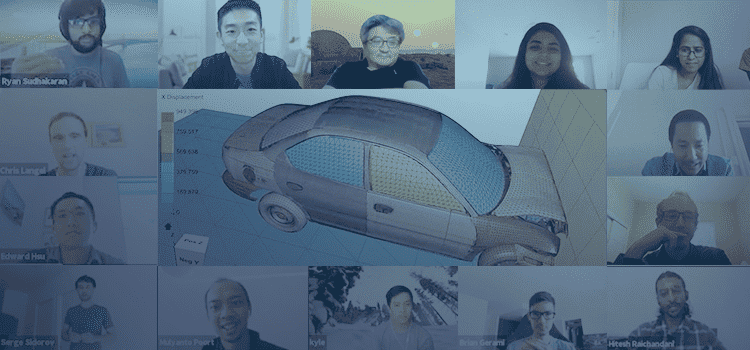Rescale Engineer Visits U.S. Grand Prix

The FIA Formula 1 World Championship is widely viewed as one of the world’s top three sporting events, alongside the Summer Olympic Games and World Cup. Formula 1 has a history spanning more than 50 years with a worldwide audience of over 400 million viewers. The year-long season is formed around 20 grand prix in different locations around world. In 2012, the United States Grand Prix returned to the Formula 1 calendar with the brand new Circuit of Americas track in Austin, Texas – the only United States circuit specifically designed for Formula 1 cars.
This year I served as an FIA media center staff volunteer for the U. S Grand Prix, held from Nov 15th-17th. Over the weekend, I was fortunate enough to speak with journalists from all over the world, as well as engineers from prestigious F1 racing teams.
When speaking with the engineers, a discussion frequently brought up was the role of cloud computing within Formula 1. Many teams are already looking forward to utilizing cloud technology to help them build high-performance race cars for the coming 2014 season.
In modern Formula1, teams are leveraging countless types of technology in order to build the fastest, most reliable cars. Among them, computational fluid dynamics (CFD) and wind tunnel technology play extremely important roles. The goal of CFD simulation is to utilize advanced mathematics and computer simulation to model race car performance on a circuit in real racing conditions. Wind tunnel testing shows airflow-vehicle interaction by producing high speed airstreams that flow over a test car.
When conducted well, virtual CFD testing allows engineers to model certain aerodynamic aspects of car performance in simulated racing conditions with very high accuracy. This helps engineers better understand their designs while keeping costs lower than wind tunnel testing. Reducing costs while still engineering superior cars is an important factor in the racing industry. The Marussia F1 team is the first team to take the approach of using primarily virtual CFD testing – as opposed to wind tunnel testing — and beat F1 team Caterham – who owns a wind tunnel – in the 2013 Constructor’s Championship.
With extensive regulation changes for the 2014 Formula 1 World Championship season, many teams have already started engineering and testing new designs. While most teams are still using their on-premise high performance computing (HPC) systems to tackle the traditional approach of CFD modeling, some adventurous teams have realized the power of cloud technology and started embracing it as a scalable and secure solution.
In regards to racing, two major benefits are easily obtained with cloud technology:
- Speed: CFD computations can be run upwards of 10x faster compared to non-cloud solutions. Cloud computing also offers a wider range of computing options including memory, compute power, and storage, among others.
- Cost Effectiveness: With the high cost associated with buying and maintaining internal clusters, cloud technology offers a flexible solution while reducing costs. Especially as some teams transition to virtual CFD simulations, using cloud computing can allow multiple large models to run in parallel on HPC resources.
I enjoyed volunteering at this year’s U.S Grand Prix, and do believe that cloud technology will instill a revolutionized change to worldwide motor sport events as more F1 racing teams reap the benefits cloud computing offers.
To learn more about Rescale, please visit, www.rescale.com. To begin using Rescale for engineering and science simulations, please contact info@rescale.com.







